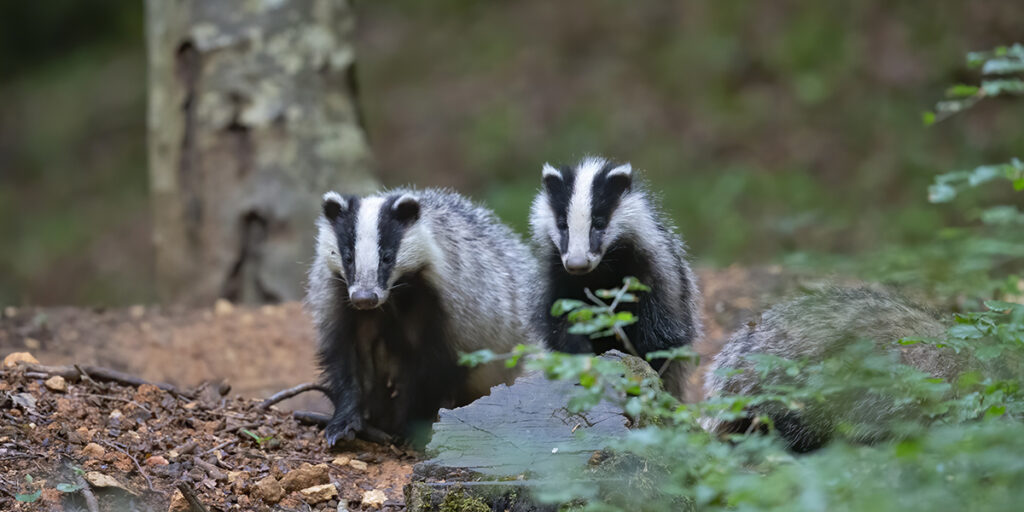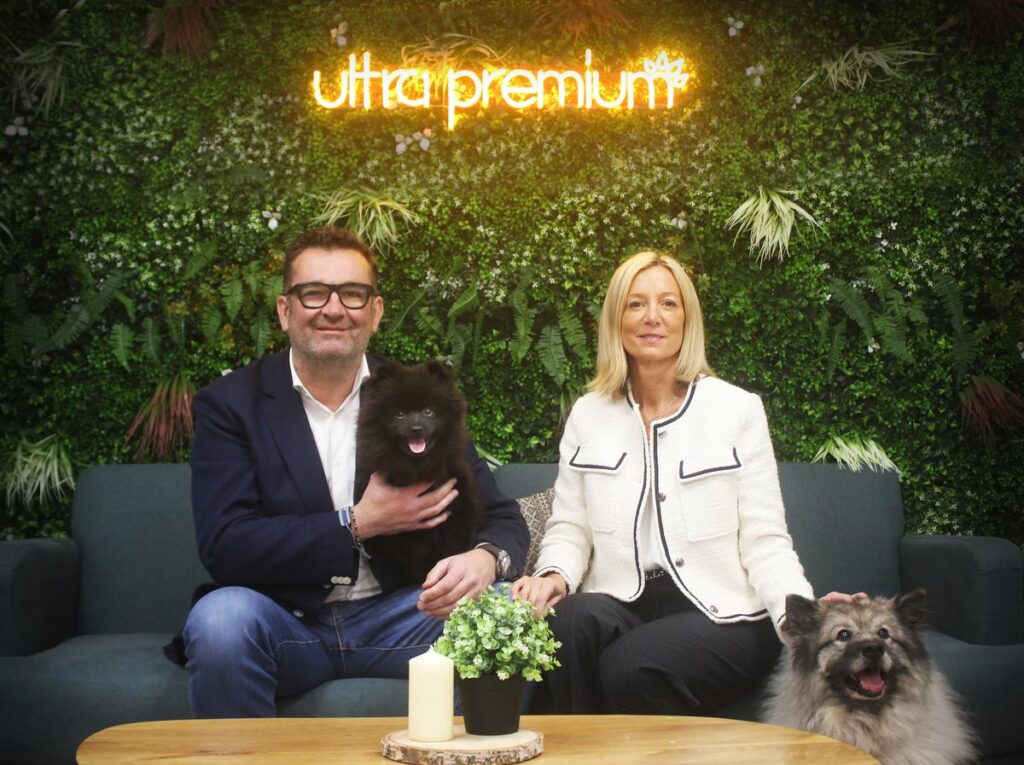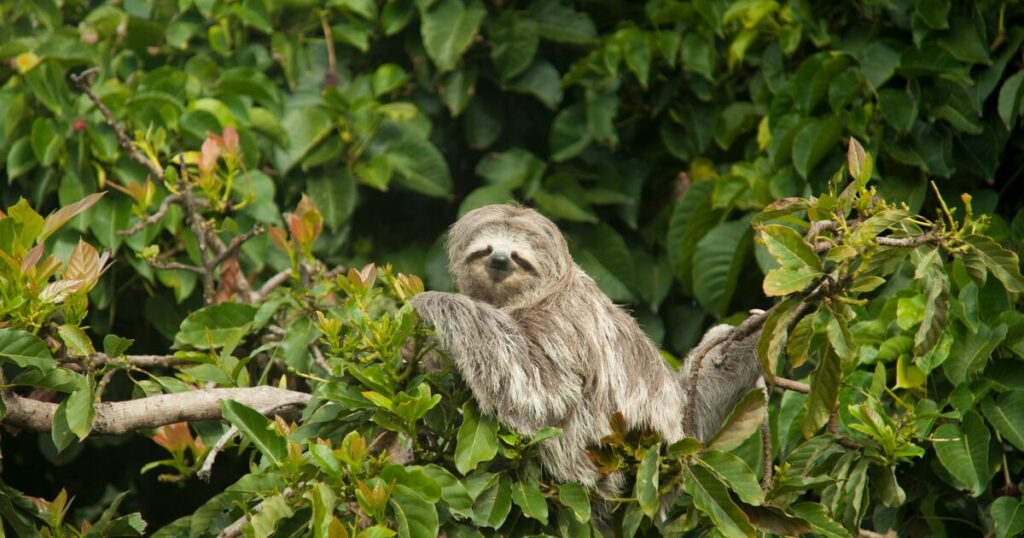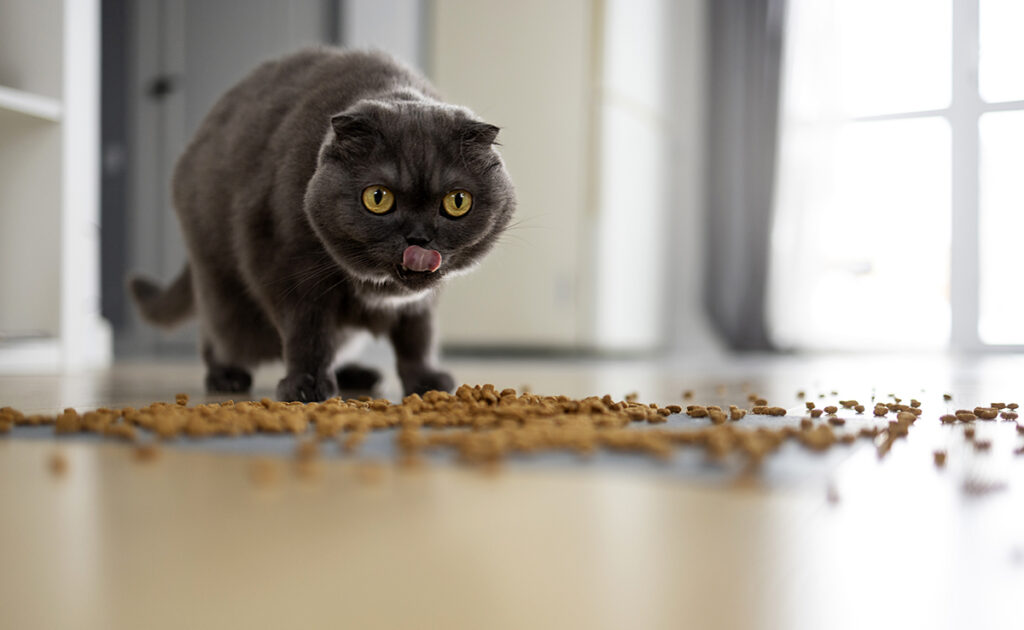
Victim of a bad reputation, the European badger is an unloved animal which is the subject of unfair and cruel hunting. However, it is protected in many other countries on the continent which have understood the advantages of this burrowing and engineering animal. If it is accused of devastating gardens and crops, it is on the contrary a precious ally which contributes to the aeration of soils, the development of plants and the regulation of harmful species. Recognizable by its gray fur striped with black and white, the badger is misunderstood yet very interesting to know.
The European badger: who is it?
- Order: Carnivora
- Family : Mustelidae
- Gender : Meles
- Species: meles
The European badger (Meles meles) is the largest of the Mustelidae (Mustelidae) of the continent and it belongs to one of the four subspecies of Eurasian badger. With its magnificent gray fur with black and white bands, this animal with a bad reputation has nevertheless been present in our country for at least 100,000 years, and for almost 800,000 years in Europe. This carnivore, which belongs to the same family as the weasel, the ermine, the marten, the skunk, the mink and company, delights in snakes, small rodents, slugs, snails, earthworms, but also mushrooms and dried fruits.
Also known under the names of common badger, common badger, ordinary badger or badger, the European badger is present in most European countries, mainly on the plains. However, it can be encountered at an altitude of up to 2,000 meters. Note also that its presence is more or less important depending on the region.
What does the badger look like?
It is easy to recognize the badger. It has a relatively elongated body with a broad rump. Its stiff, gray fur, striped with white and black, gives it the appearance of a small bear. However, it is black on the belly and legs. Its thin head, with an elongated snout and equipped with sensory vibrissae, is white and striped with black bands on the sides. The tips of its tail and ears are white. In the spring, the badger molts and its coat of jar and fluff grows in the fall.
Stocky, its legs are relatively short and it measures only 30 cm high at the withers and 90 cm long on average, for a weight of around 15 kg to 20 kg. However, its legs are powerful and robust and allow it to be quick when needed. In fact, they propel your body up to 30 km/h! It has sturdy, non-retractable claws.
A nocturnal and cautious animal
Essentially crepuscular and nocturnal, this beautiful animal is endowed with a very fine sense of smell, almost 800 times more powerful than ours, excellent hearing and eyesight which, for its part, leaves something to be desired, like many mainly burrowing animals.
In principle, between the months of May and August, the badger comes out of its burrow before nightfall. With its hearing and sense of smell, it scans the surroundings for predators and other possible dangers before venturing outside. Between November and February, he goes out much less. If it does not hibernate, food is less abundant and it prefers to stay warm, making do with the fat reserves it built up during the previous summer. In fact, at the start of winter, it weighs around 3 kg to 4 kg more.
Within its territory, the badger has several predators. The fox, the lynx, the wolf, the dog, but also the eagle and the eagle owl are known dangers. However, man is one of its main threats. It happens that badgers are killed by their parents, but this phenomenon remains rare.
In the wild, the badger can live around fifteen years, and up to around 20 years in captivity. However, more than a third of adults lose their lives, mainly males, in their natural environment.
Badger reproduction
Within the groups, the hierarchy is moderately marked. It is generally the dominant ones who reproduce, but these animals most often help each other, particularly mothers who raise their young and/or those of their peers.
The badger reaches sexual maturity at the beginning of its third year of life. Normally, male and female mate between January and March, but the badger may also be receptive on other occasions during the year.
The badger is often mated by several males before becoming a mother. A fertilized egg can be preserved for several months (up to 10 months!) before its implantation in the uterus – this is called delayed ovo-implantation. Once it develops, however, gestation is relatively rapid. After just two months (which can be up to a year after mating), the 2 to 7 little badgers that make up the litter are born blind and unable to move. Very dependent on their mother who breastfeeds them for three months, they grow up alongside her, with the help of a male who settles with her and who has taken care of setting up the nest for his little family. The couple then remains united and faithful. Unfortunately, more than half of the young do not survive their first year.
The badger, a true engineer
The badger's plant environment allows it to easily find its food such as mushrooms, roots, berries and other dried fruits, but also snails, slugs, voles, moles, frogs, snakes, as well as earthworms.
The badger installs its underground galleries, which can go down to 4 or 5 meters underground, near woods, hedges and thickets, which hide it and put it out of sight of walkers and their predators. It has the particularity of producing odorous secretions from its anal glands in order to mark its territory and thus to repel badgers from other clans. Curiously, it can share its burrows with other animals such as rabbits or foxes!
This burrower can move 40 tonnes of earth to dig its galleries. It is capable of making between 40 and 80 entrances which lead to its main burrow, which constitutes its place of life, and to several secondary burrows. The family settles within this network of galleries which is also used for food storage.
The badger is very intelligent and it always chooses an environment that is not subject to flooding to dig its burrow. This outstanding digger selects places far from the passage, with soft, well-drained soil and teeming with earthworms, to establish itself.
It is interesting to observe nature and small animals evolving in harmony under the forest cover. Indeed, badgers are capable of using the burrows dug by foxes, and conversely, pintails like rabbits, skunks and forest cats can take advantage of badger galleries to create shelters, or even coexist in good harmony.
The badger is also called an engineer species, because its activity and its presence contribute to modifying its environment significantly.
Are badgers harmful to the garden?
A very unloved animal…
Badgers are unfortunately animals with a bad reputation, and therefore unloved. During the 1970s, a number of gassing campaigns were organized to destroy badger burrows and the animal itself, accused of carrying rabies. In 1986, a vaccination campaign was set up to fight the disease and vaccines in the form of bait were widely placed within their habitat, thus contributing to massive protection of badger populations. .
Despite these actions, this large mustelid retains an undesirable image. Actively sought after by hunters, it evolves much less in open environments than in the past and prefers to live hidden in forests, woods, groves and provided hedges. However, it is still the object of hatred from hunters who intensify their destruction year after year. Indeed, already largely victim of the densification of road traffic in its living area, the badger is a sad victim of these rifle carriers.
Badger hunting is an activity now widely recognized as unnecessary and cruel. Under the pretext of regulation – which is wrong since it is only “leisure” hunting – these animals are victims of horrifying destruction. Hunted with rifles, by hunting dogs, by digging up or otherwise, badgers, badgers and badgers are then killed with shovels, kicks, picks, knives or left at the mercy of dogs who tear them alive.
Unfairly considered harmful – and even if they were, nothing justifies such cruel relentlessness – they are nevertheless very sociable, peaceful and discreet animals, far from the image of garden and crop pests that hunters have. stick to their skin. They are also accused of carrying bovine tuberculosis, which has earned them the wrath of cattle breeders. Protected in most European countries, particularly in Belgium, these mustelids really need to be better understood here. Let us hope that France evolves, obtains information from the right sources and acts to protect these misunderstood animals which are nevertheless useful to our ecosystems.
Certainly, the badger can move up to 40 tonnes of earth to build its burrow. However, it does much less damage than its detractors claim. Far from being as present as other animals, it can in fact approach fields, attracted by cereal crops, or vegetable gardens in search of earthworms. However, its population regulates itself very well, between drought, natural predators, road traffic and the diseases that spread among its ranks and its impact is limited.
…yet very useful!
You may not be happy to see a badger roaming near your home. However, it is a good sign, because its presence testifies to a rich biodiversity! In fact, badgers can ingest up to 100 kg of earthworms per year. There is therefore a good chance that your soil is rich in these little shadowy actors, essential to cultivation and good soil health. We therefore rarely observe worms and badgers in fields and areas degraded by intensive monoculture and depleted by pesticides.
The badger is an essential food link in our territories. It particularly delights in many species which harm the garden, as we have seen. Furthermore, this digging engineer contributes to the good health of the soil. By digging its galleries, it aerates the earth, it turns it, it promotes the germination of native plants and trees, it buries other seeds which promise future germination, it enriches the soil with nitrogen thanks to its urine and it contributes to the regulation of invasive species simply by its presence. Let us learn to live in harmony with him.




